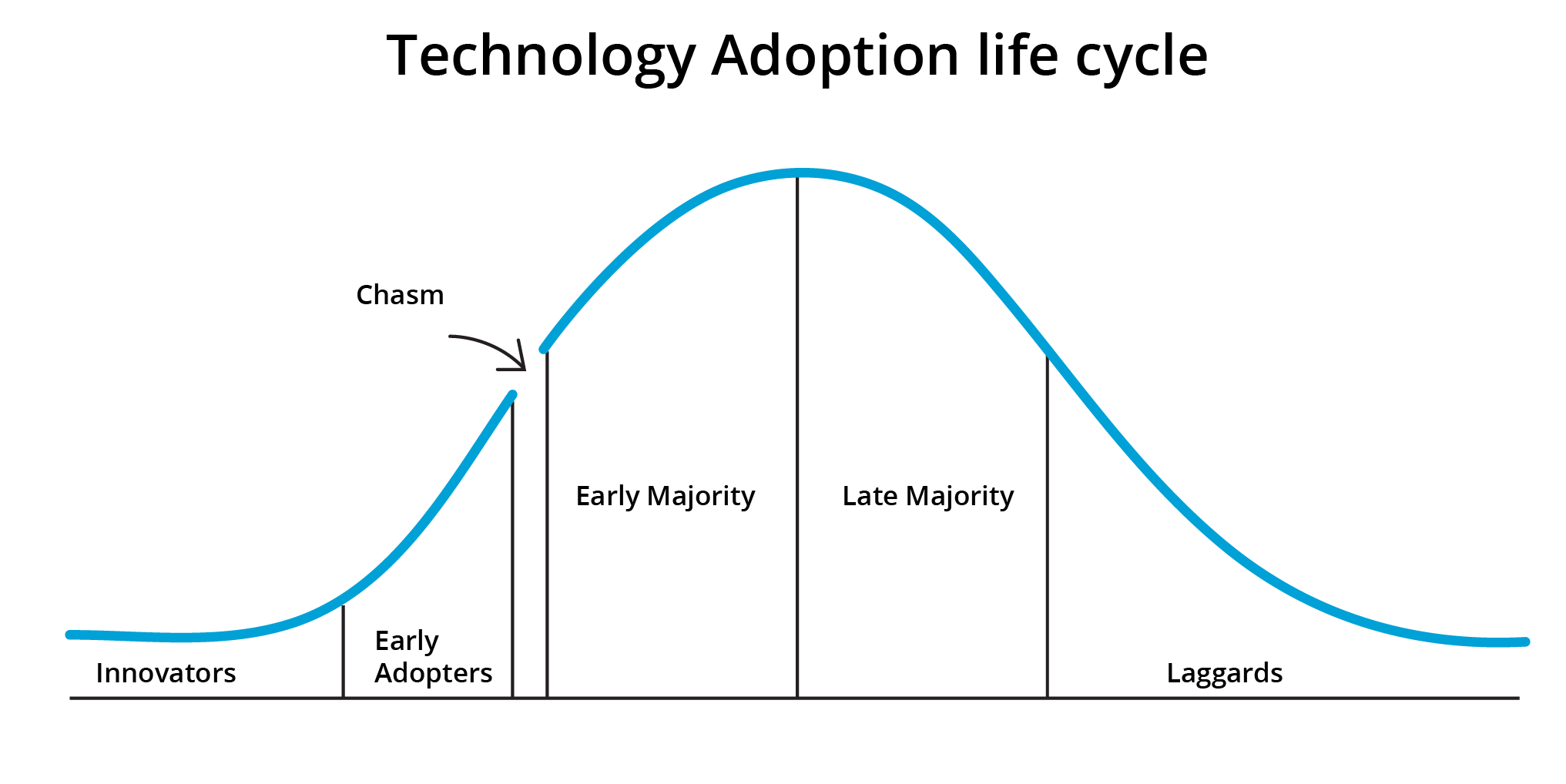Network Infrastructure – Embracing disruption through innovation
There are few critical junctures where industry changes its course, transforms, and readies itself for future growth. Such junctures often coincide with technology disruptions, followed by a long period of organic adoption. In this post, we will look at key disruptions that are steadily metamorphosing the telecommunications industry in modernizing their network infrastructure.
The Virtualization Chasm
Nearly a decade ago, industry initiatives spawned the promising technologies Software Defined Networks (SDN) and Network Function Virtualization (NFV). These technologies enable software-driven management of networks from the core networks to aggregation to access networks. The network workloads no longer reside on OEM-supplied proprietary hardware. Instead, they are packaged into virtual network functions (VNFs) and hosted on virtual environments. Over time, the virtualization concept has taken different shapes and slowly adapted to market needs. As in any technology adoption cycle, SDN/NFV adoption has encountered a “chasm” towards achieving a wider reach. The chasm, in this case, is due to transformation challenges, unproven success stories, internal system & process challenges, business prioritization, etc.

While a few operators have started working on agile, software-controlled, and service orchestration platforms, wider adoption still has a ways to go. The challenges of handling both physical network functions (PNF) and virtual network functions (VNFs) in the same platform, with the additional complexity of interfacing with legacy networks, persist. This is where a collaborative partnership with vendors like Subex, could bring in the expertise that enriches such transformation programs.
Cloud Next
Let’s move from network workloads to the non-network application infrastructure. The recent news of Microsoft’s $2 bn cloud deal with AT&T has created quite a stir in the telecom world. The move from AT&T to migrate all non-network OSS/BSS workloads to public clouds will usher in hyperscale cloud benefits such as lower TCO, higher agility, faster time to market, and scalability. We expect few major Telcos also to follow suit in the near term. But here is the interesting statistic from the TMForum study: only a minor segment of players is either already on the public cloud or ready to migrate OSS/BSS onto the public cloud. As expected, a large percentage of operators are either cautious or have decided not to move to the public cloud.

Open RAN
A few years ago, the big OEMs introduced single RAN or proprietary vRAN products to market, which failed to catch the true spirit of open interfacing that Telcos were looking for. This motivated a few startups to work collaboratively on a novel idea – to run their products on commodity servers, enable software control via open interfacing protocols, and make seamless future upgrades just by pushing software patches. The outcome of this exercise is the Open RAN disaggregated networking model from the Telecom Infra Project (TIP) forum. The primary goal is to optimize the huge Capex / Opex that goes into building RAN networks in brownfield environments. Moving from access towards virtualization of aggregation and core networks, service orchestration, workload containerization, and zero-touch provisioning is slowly becoming a reality and is one of the key areas of interest for technology teams in Telcos.
Exciting times
Over the last decade, network infrastructure has indeed been disrupted. The trend has accelerated in the last few years with the adoption of SDN WAN, NFVi infrastructure, public cloud, Open RAN, etc. Network managers will need to make technology transformation decisions based on key factors like network agility, scalable architecture, faster time to market, superior customer experience, adaptive operations, Capex/Opex reduction, and simply being future-ready. The industry ecosystem is already witnessing the green shoots of virtualization and cloud transition. It’s an exciting time to be part of this development.
Explore more about Network Infrastructure solution of Subex.
Request a demo



